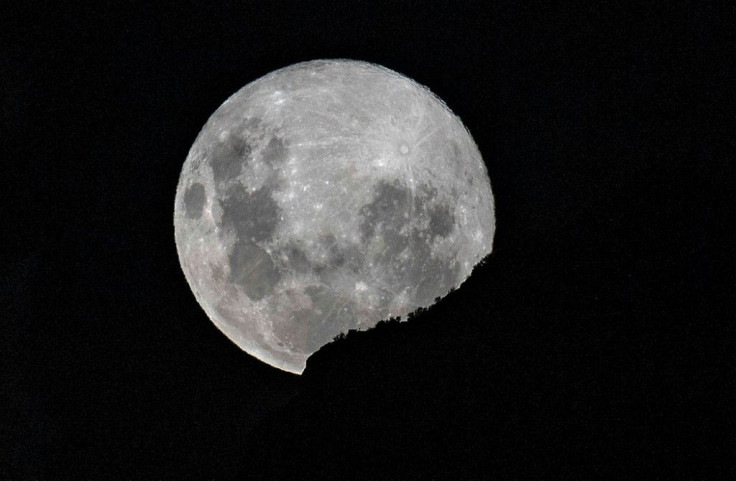Don't Miss The Last Supermoon Of 2022, Perseid Meteor Shower's Peak
KEY POINTS
- The August full moon is the last of 2022's four supermoons
- The bright light of the full moon may affect the views of the Perseids
- However, the meteor rates will still be "better than 95%" of other nights
Skywatchers should get ready to view the last supermoon of 2022, which will coincide with the peak of one of the most popular meteor showers — the Perseids.
The August full moon will be at 9:36 p.m. EDT Thursday, which means that it will be Friday morning for some time zones, NASA noted. It will appear full until Saturday morning.
This month's full moon also happens to be the fourth and last supermoon of the year, so skywatchers may not want to miss the chance to catch a glimpse of a brighter and bigger full moon.
The August full moon has traditionally been called the Sturgeon Moon since this is the time of the year when the giant sturgeons are "most readily caught" in the Great Lakes and Lake Champlain, according to the Old Farmer's Almanac. This makes this month's full moon the Sturgeon Supermoon.
Other names for it include the Harvest Moon (Dakota) and the Corn Moon (Algonquin, Ojibwe), as per the almanac. The Assiniboine people called it the Black Cherries Moon because this is when the cherries become ripe. Meanwhile, the Cree name for the August full Moon is the Flying Up Moon, because this is also the time of the year when young birds begin to learn to fly.
The year's last supermoon also coincides with the peak of the Perseid meteor shower, which is on the evening of Aug. 12 to 13. This means that the bright light of the moon may affect the viewing experience for this year's event. If most people would usually 50 to 60 meteors an hour under normal circumstances, the obstruction from the moon's light would narrow it down to "10 to 20 per hour at best," according to NASA astronomer Bill Cooke.
That said, it may still be worth the effort to stay up for the Perseids. As the American Meteor Society (AMS) explained, "Meteor rates will still be better than 95% of all other nights this year." Furthermore, the Perseids tend to produce bright meteors that can still be "easily seen" even with the bright light of the full moon.
"To view the Perseids successfully, it is suggested you watch from a safe rural area that is as dark as possible. The more stars you can see, the more meteors will also be visible," the AMS suggested. "The bottom line is to have fun watching nature's fireworks."

© Copyright IBTimes 2024. All rights reserved.






















